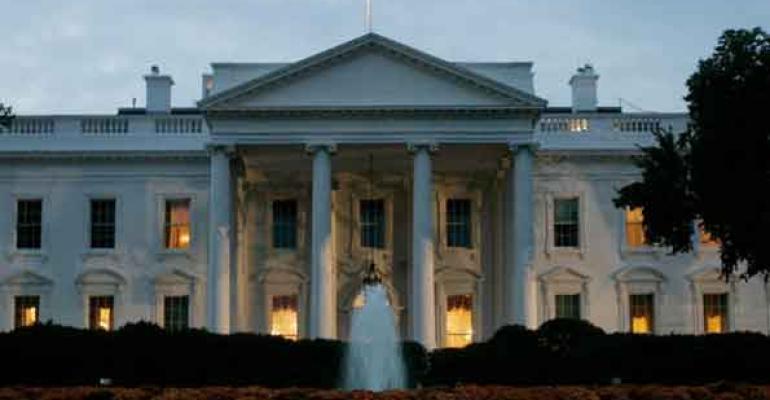The Labor Department’s fiduciary rule is one step closer to being finalized, with the White House’s Office of Management and Budget concluding its review this week.
According to federal records, the OMB’s regulatory review ended on April 10th. The White House met with supporters and opponents of the rule beginning in late March, including the CFP Board and the AARP.
This week, OMB officials met with representatives for the Insured Retirement Institute (IRI), the American Council of Life Insurers (ACLI), the U.S. Chamber of Commerce, Finesca and the Financial Services Institute (FSI), among others, all of whom have voiced opposition to the DOL’s latest iteration of a fiduciary standard.
The DOL unveiled the new rule last October, with President Joe Biden framing it as a way of curbing so-called “junk fees” in the form of high and potentially unsuitable commissions in the retirement advice space. Afterward, the DOL ran a public comment period for 60 days, including a two-day public hearing in December, before the final proposal landed at OMB.
Previous Labor Departments have attempted fiduciary rules, including a Trump-era version that was dead on arrival when the Biden administration took over. Additionally, the Fifth Circuit Appeals Court in Texas vacated an Obama-era version.
Supporters argue the new rule addresses the Fifth Circuit’s concerns, including a requirement that firms sign a “best interest” contract mandated in the Obama-era iteration not included in the newest proposal.
However, critics like Bradford Campbell, a partner with the law firm Faegre Drinker and former DOL executive under President George W. Bush, argued the DOL’s new rule gives “lip service to the Fifth Circuit’s reasoning” without actually addressing the concerns.
Wen the rule will be released is hard to predict, according to IRI Spokesman Dan Zielinski, who noted the DOL’s proposal of the rule came seven to 10 days after the OMB included its initial meetings. If the OMB recommends the agency make adjustments, that could push back the final rule’s release, but without any recommendations, it could “come much sooner,” he said.
According to the IRI, the OMB is scheduled to meet with several more groups through April 15.
Meanwhile, 55 Democrats in the U.S. House of Representatives, including Rep Maxine Waters (D-Calif.), the top Democrat on the House Financial Services Committee, reiterated their support for the DOL’s rule in a letter to the OMB, urging them to expedite the review process.
In the letter, the signees say they’ve “long sounded the alarm” for stronger regulations to protect retirees and stressed that significant gaps remained in the DOL’s regulatory framework. They argued the new DOL rule “closes these loopholes once and for all.”
“We believe that a strong DOL Rule will have a tremendous impact on moderate-income and working families, who are typically only able to save for retirement in small amounts and need all the help they can get in safeguarding their nest eggs from financial professionals who seek to abuse their trust,” the letter read.
In a January hearing analyzing the rule, Rep. Brad Sherman (D-Calif.), Ranking Democrat of the House Capital Markets Subcommittee, stressed that more clarification on the rule was necessary, including whether so-called “choose me” discussions (when an advisor tries to convince a client to hire them) fall under the fiduciary standard.
Sherman also criticized the “incredible balkanization” of regulations protecting investors, with oversight split between three Congressional committees and three government agencies (the DOL, the Securities and Exchange Commission and the Treasury Department).





